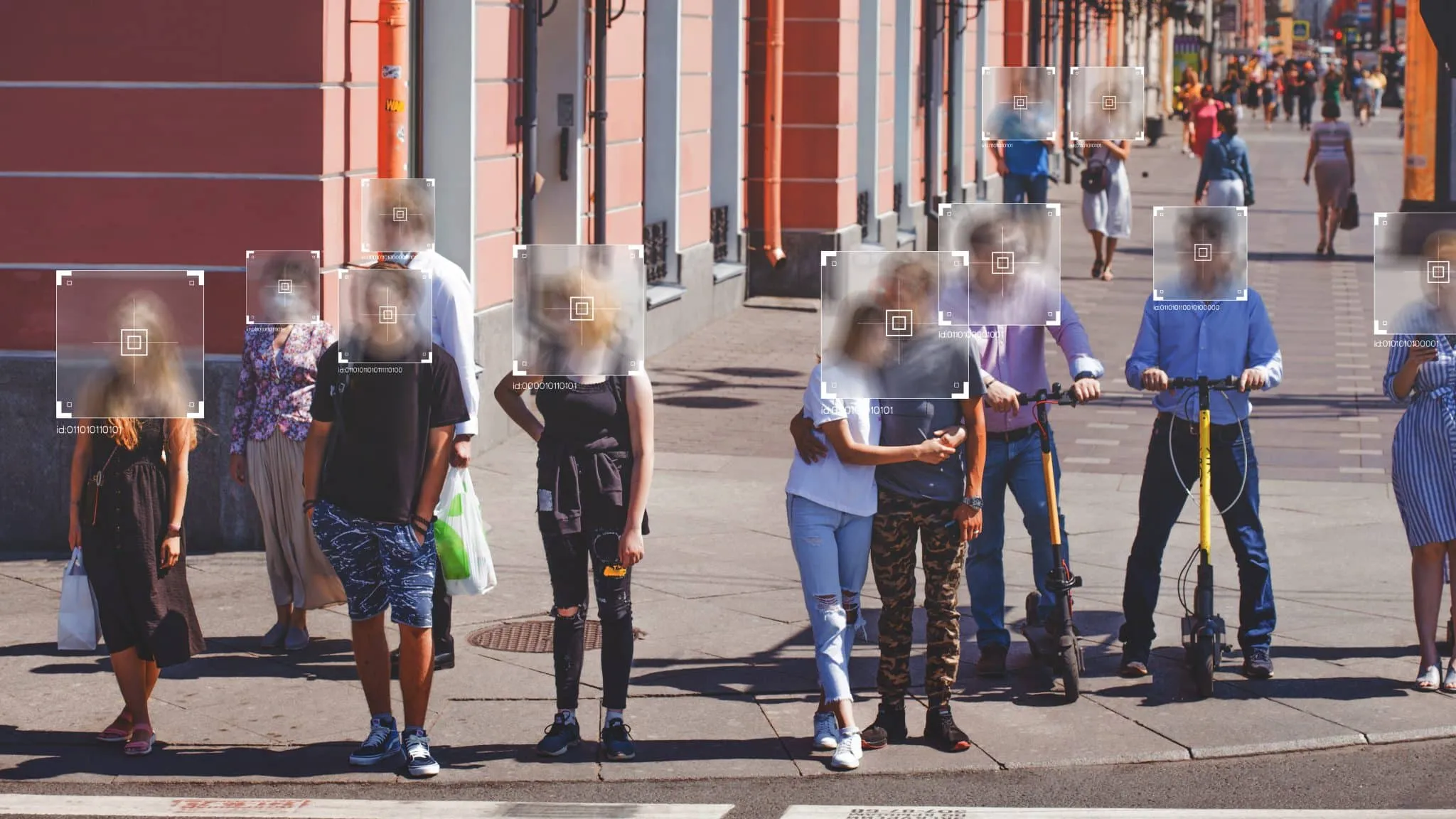Biometrics Testing for Bias Standardization: Addressing Key Challenges

Biometrics Testing for Bias Standardization: Addressing Key Challenges
In the rapidly evolving landscape of technology, biometrics testing for bias standardized is gaining importance as companies strive for fairness and equity in their systems. Recent advancements aim to create strict standards that mitigate bias in biometric systems. However, the road ahead is complicated by varying international partnerships and government budget constraints.
The Importance of Bias Testing
Implementing standardized biometrics testing for bias ensures technology serves all users equitably. This commitment is essential for public trust and acceptance.
Challenges in Implementation
- Investment Risks: Companies face uncertainty in funding due to fluctuating international relationships.
- Regulatory Frameworks: The absence of uniform regulations across regions impedes progress.
- Public Perception: Misconceptions around biometrics can hinder acceptance.
As biometrics standards evolve, stakeholders must navigate these challenges to promote a fair user experience.
This article was prepared using information from open sources in accordance with the principles of Ethical Policy. The editorial team is not responsible for absolute accuracy, as it relies on data from the sources referenced.